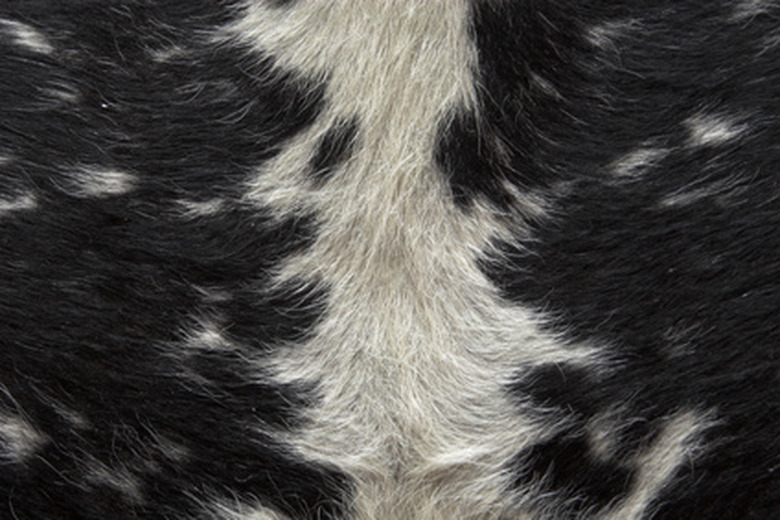Industrial Uses Of Pepsin
Pepsin is a digestive enzyme—specifically, a protease—manufactured in the stomach. Enzymes are chemicals, usually proteins, that catalyze biochemical reactions. Pepsin forms in the acid environment, after it leaves cells, or the stomach itself would come under attack.
Pepsin derived from pigs is available as a commercial product. Various industrial uses take advantage of the strong biochemical digestive action of pepsin.
Modify Proteins for Food
Modify Proteins for Food
Pepsin splits proteins into water-soluble fragments called peptones. Although this ordinarily occurs in the stomach, it can be duplicated in a large reaction vessel on a commercial basis. Partial digestion by pepsin can be used in food applications—for instance, in the processing of soy protein and gelatin. Pepsin has been used as a substitute for rennin in the production of certain cheeses.
Treatment of Hides
Treatment of Hides
Pepsin is used by the leather industry to remove undesirable traces of remaining tissue, such as hair and fat, from partially processed hides. This enzymatic treatment is called "bating" the hides. The process also deswells and softens the hides, improving leather quality.
Historical Use in Medicine
Historical Use in Medicine
Pepsin was combined with senna to create a popular laxative, Syrup Pepsin, first conceived in the 1800s. For many years, the Pepsin Syrup Company (later bought by Sterling Drugs) sold the product. Another formulation using pepsin for medicinal purposes was Dr. Pepper's Pepsin Bitters. (This is not the same as the formula for the popular carbonated beverage Dr Pepper.)
Scientific Investigations
Scientific Investigations
Pepsin is used to cleave antibodies into "functional antigen-binding fragments" (Fabs) for biological and medical research and practical applications, in which it is desirable not to use entire antibodies. This processing reduces tendencies of antibodies to interact with immune cells and engage in nonspecific binding. This enables the antibodies to be more easily studied. The process is still undergoing investigation.
Cite This Article
MLA
Summers, Vincent. "Industrial Uses Of Pepsin" sciencing.com, https://www.sciencing.com/industrial-uses-pepsin-6829146/. 24 April 2017.
APA
Summers, Vincent. (2017, April 24). Industrial Uses Of Pepsin. sciencing.com. Retrieved from https://www.sciencing.com/industrial-uses-pepsin-6829146/
Chicago
Summers, Vincent. Industrial Uses Of Pepsin last modified August 30, 2022. https://www.sciencing.com/industrial-uses-pepsin-6829146/
